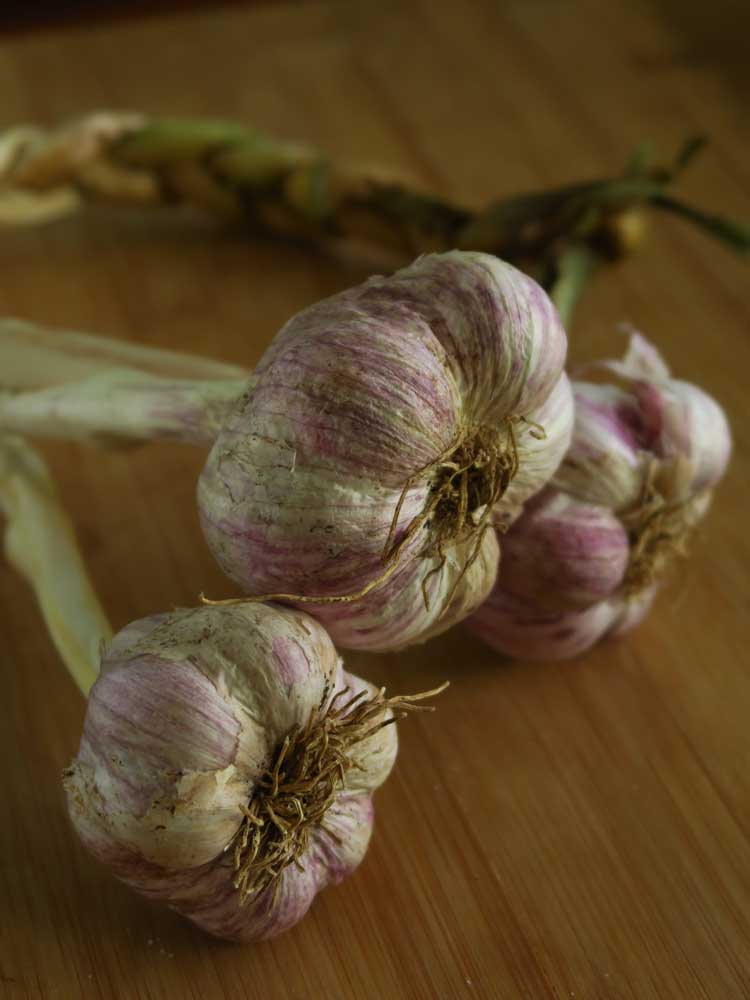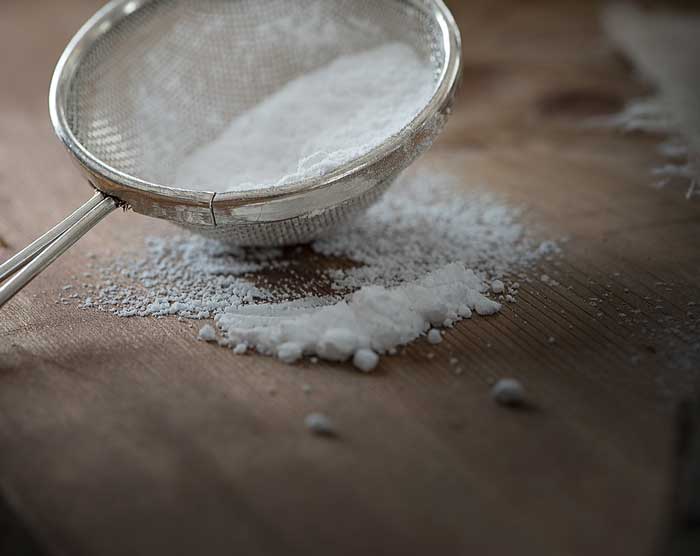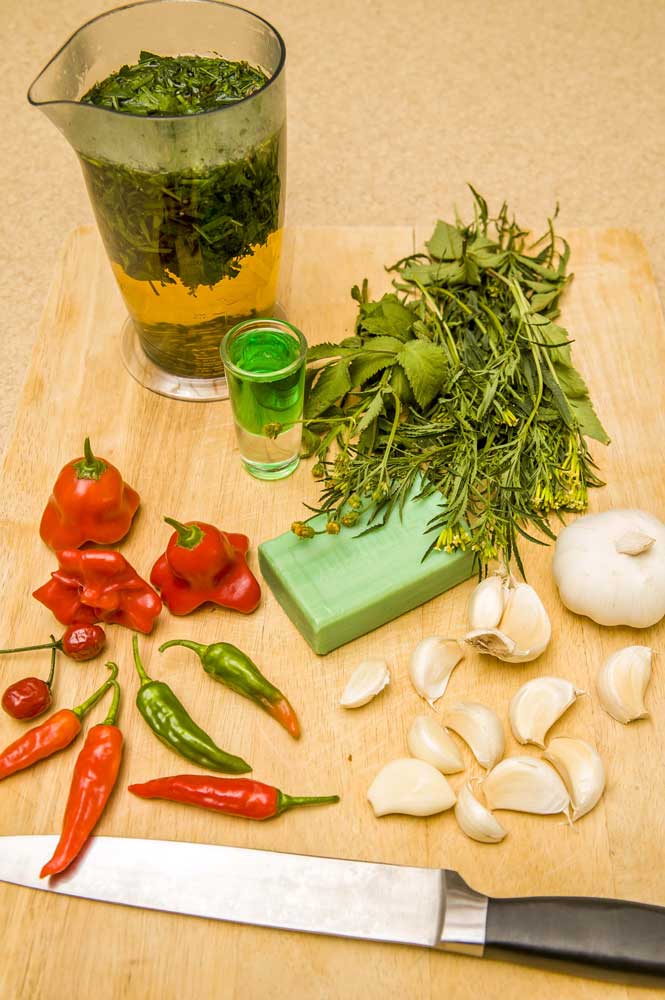These natural recipes are an eco-friendly way to deal with garden pests.
GARLIC SPRAY
Controls mildew, rust and other fungal diseases.
WHAT YOU’LL NEED
125g garlic
500ml water
Crush the garlic in the water. Store in an airtight container in the fridge and dilute 1:10 with water when required.
READ MORE: Growing Garlic: Vegetable Gardening
HOT CHILLI SPRAY
Repels caterpillars, maggots and all soft-bodied insects.
WHAT YOU’LL NEED
4 hot chillies
1 small onion
1 clove garlic
2ℓ water
Crush the chillies, onion and garlic in the water and bring to the boil.
Steep for two days then strain. Dilute 1 part mixture to 4 parts water and apply to the affected plants. (It can burn plants if it’s too strong, so test on a small area before spraying further.)
READ MORE: Eco-friendly pest control for you garden
ICING SUGAR AND BORAX

Borax is a naturally occurring mineral that when consumed by ants, impairs their digestive systems eventually killing them.
WHAT YOU’LL NEED
1 part icing sugar
1 part borax
Mix the ingredients together and place in plastic containers, such as old cream cheese tubs, with holes punched in them. Place the containers where you see a lot of ant activity. While borax is less toxic than other insecticides, it’s still important to keep it away from children and pets.
BLACKJACK AND KHAKIBOS SPRAY
Effective against aphids, ants, beetles and caterpillars. It prevents some from eating plants, repels others, or kills them.
WHAT YOU’LL NEED
1 part blackjack
1 part khakibos
1ℓ water, plus hot water for soaking
Chop up the green parts of the plants including the seeds. Cover with hot water and soak for 24 hours then strain. Cool and add the rest of the water. Shake well and use immediately.
TIP
Add a teaspoon or two of dishwashing liquid or soap to your sprays. This not only helps the solution stick to the plants, if sprayed directly on pests, it disrupts their breathing.
* NOTE Even though these are made with natural ingredients, they should still be used with caution.
For more on the book “The Earthmill System”
By Khanyi Mlaba

